Gear
Buying Tips for Top Rated Hiking Boots
When you are going hiking, the boots you are wearing really come into play.

Do you want buying tips for top rated hiking boots? If you do, you have come to the right place. If your hiking boots are uncomfortable and not right for the terrain you are climbing, you risk twisting your feet or find that you really have to make an effort to climb higher and higher up the hill.
The buying tips for top rated hiking boots will help you make the right decision to buy the right hiking boots for your trip, but first, let’s learn the different types of boots that are out there. Thee three types of hiking boots include:
Hiking Shoes
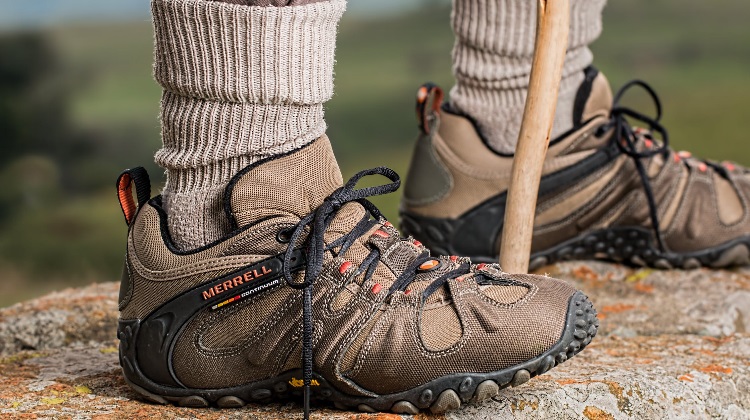
Low-cut hiking boots have flexible midsoles, making them the ideal choice to go hiking during the day. If you are a light backpacker, you might opt for trail running shoes than hiking shoes to go long distances.
Hiking Boots for Day Hikes
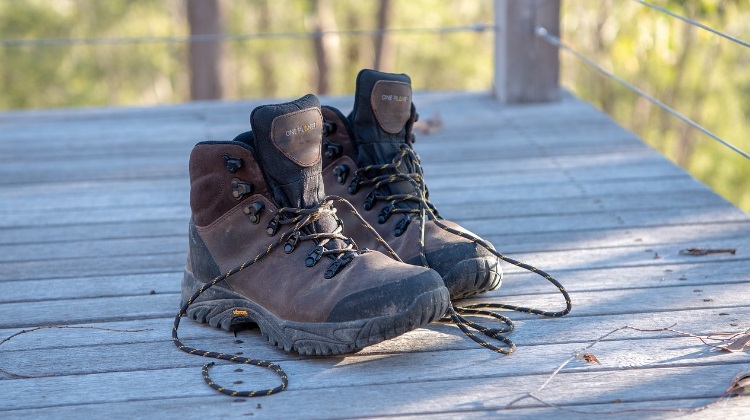
Hiking boots for day hikes range from mid-cut shoes to high-cut shoes. You might consider wearing them when going for light backpacking trips or if you are going on a hike during the day. These hiking boots offer increased flexibility and the break-in time required for these shows is very less. However, the downside to wearing them is that they are not durable and lack the support.
Backpacking Boots
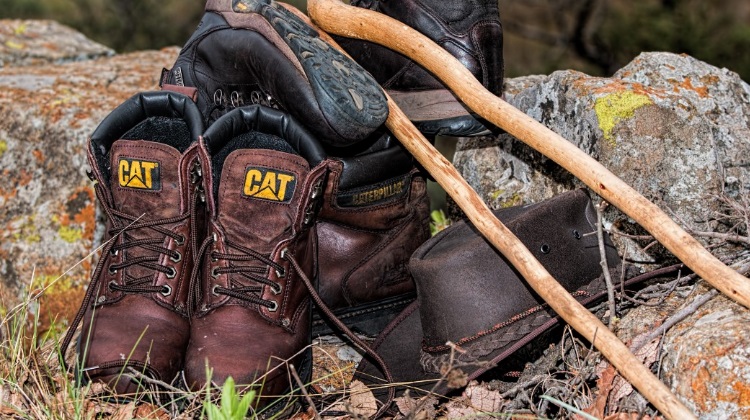
Backpacking boots are ideal for backpackers carrying heavier loads and going on trips that last more than a day. Most backpacking boots feature a high-cut that wraps comfortably above their ankle to give them increased support on their hike. These boots are durable and have stiffer midsoles, thus making them an ideal choice for on-trail and off-trail hiking journeys.
Factors to Consider When Buying Hiking Boots

You need to consider the following three factors before you buy hiking boots:
- Type – When you search for hiking boots, you will come across several different hiking boots and shoes, from boots designed to climb mountains to boots designed for hiking up easy trails.
- Features – You need to learn about the features that make up hiking shoes. You need to study the lowers, uppers, outsoles, and midsoles as well as other components of the hiking boots to narrow down your choices.
- Fit – You do not want to wear hiking boots that do not fit you perfectly. Hiking shoes that are one size too small or one size too big can result in blisters and falls, respectively.
To make a good choice, the buying tips for top rated hiking boots include:
Uppers
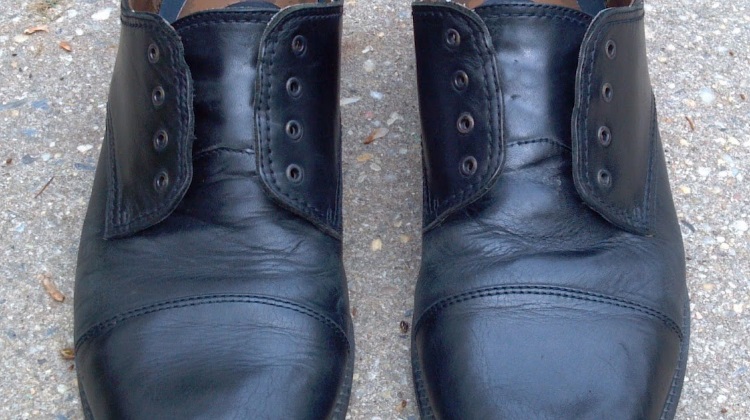
The material used to design the hiking boot matters a great deal. The material is responsible for giving hiking boots characteristics like its weight, durability, breathability, and water resistance.
- Spilt-grain Leather – Combined with either nylon mesh or nylon to design lightweight boots and offers good breathability. Advantage: Affordable. Disadvantage: Decreased resistance to abrasion and water.
- Full-grain Leather – Used in backpacking boots and designed for trips that last several days, rugged tracks, and heavy loads. Advantage: Increased durability and water and abrasion resistance.Disadvantage: Takes time to break them in.
- Nubuck Leather – Full-grain leather that looks like suede. Advantage: Increased durability, flexibility, and water and abrasion resistance. Disadvantage: Takes time to break them.
- Synthetics – Made from polyester and nylon, this is used to design most hiking books of today. Advantage: Lighter than leather, Easy to break into, dries quicker, and affordable. Disadvantage: Prone to wear and tear.
Midsoles
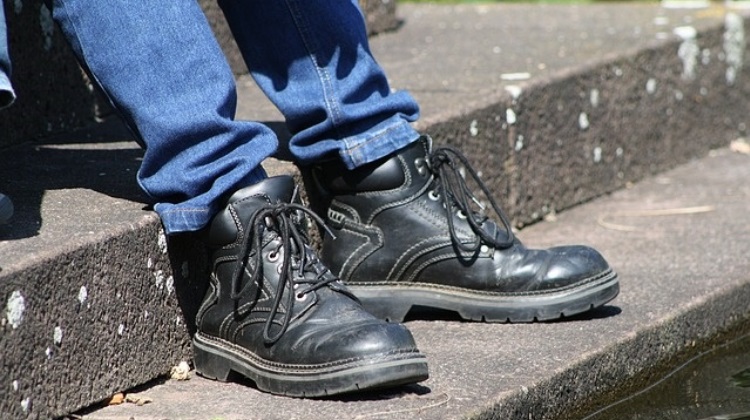
Midsoles provide your feet cushioning, shields your feet from shock, and determines the stiffness of the hiking boots. Stiff boots are an ideal choice for people going on long hikes on uneven and rocky terrain. They offer you increased stability and comfort while hiking.
- Polyurethane – Are firmer and offer increased durability.
- Ethylene Vinyl Acetate (EVA) – Are lighter, cushier, and more affordable. To provide firmer support to the feet, midsoles use different EVA densities.
Internal Support
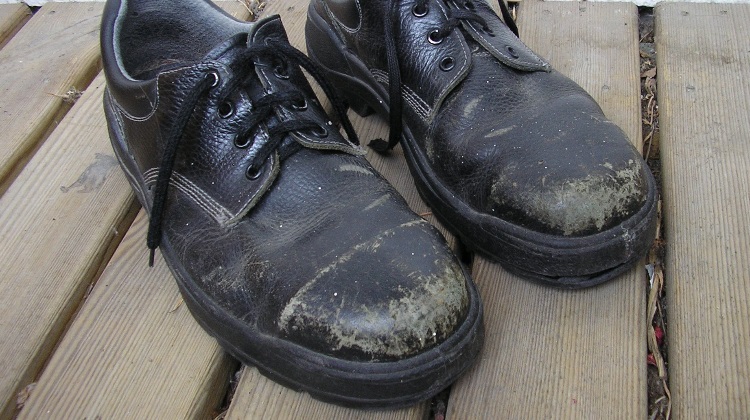
The two types of internal support are shanks and plates.
- Shanks – Are three to five millimeter thick inserts placed between the midsole and outsole of the hiking boots. They add the midsole’s load bearing stiffness and come in various lengths. Some shanks conceal half of the midsole while others cover the entire midsole.
- Plates – Are semi-flexible thin inserts placed between the outsole and midsole of the hiking boots and protect the feet from uneven rocks and roots.
Outsoles

The outsoles, designed using rubber, sometimes contain additives like carbon to increase the hardness of the hiking boots. Hard soles are preferred because they enhance durability and decrease the chance of the hiker slipping and going off trail.
- Heel Brake – Are defined heel area that is different from the arch and forefoot and decreases the chances of people slipping while goingdown steep trails.
- Lug Pattern – The traction giving bumps enhance the grip, allowing people to go hiking safely and comfortably.
Use these buying tips for top rated hiking boots! Happy hiking!




